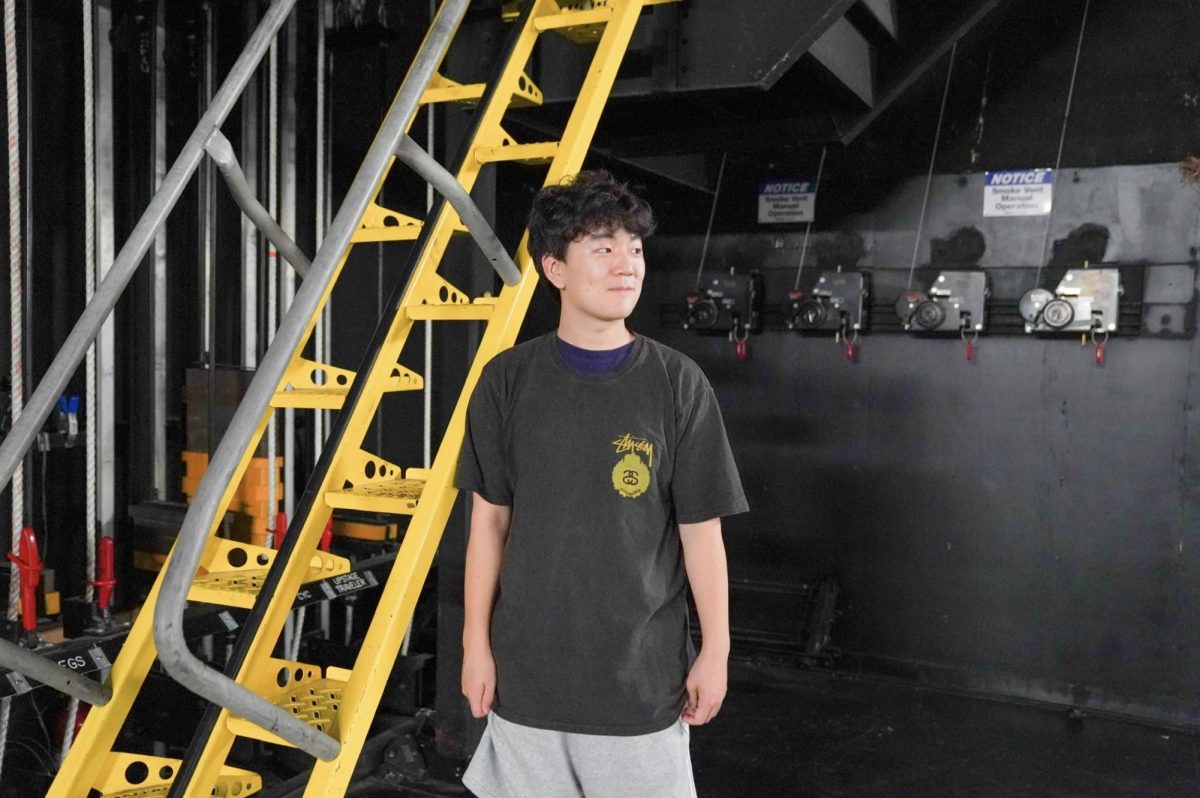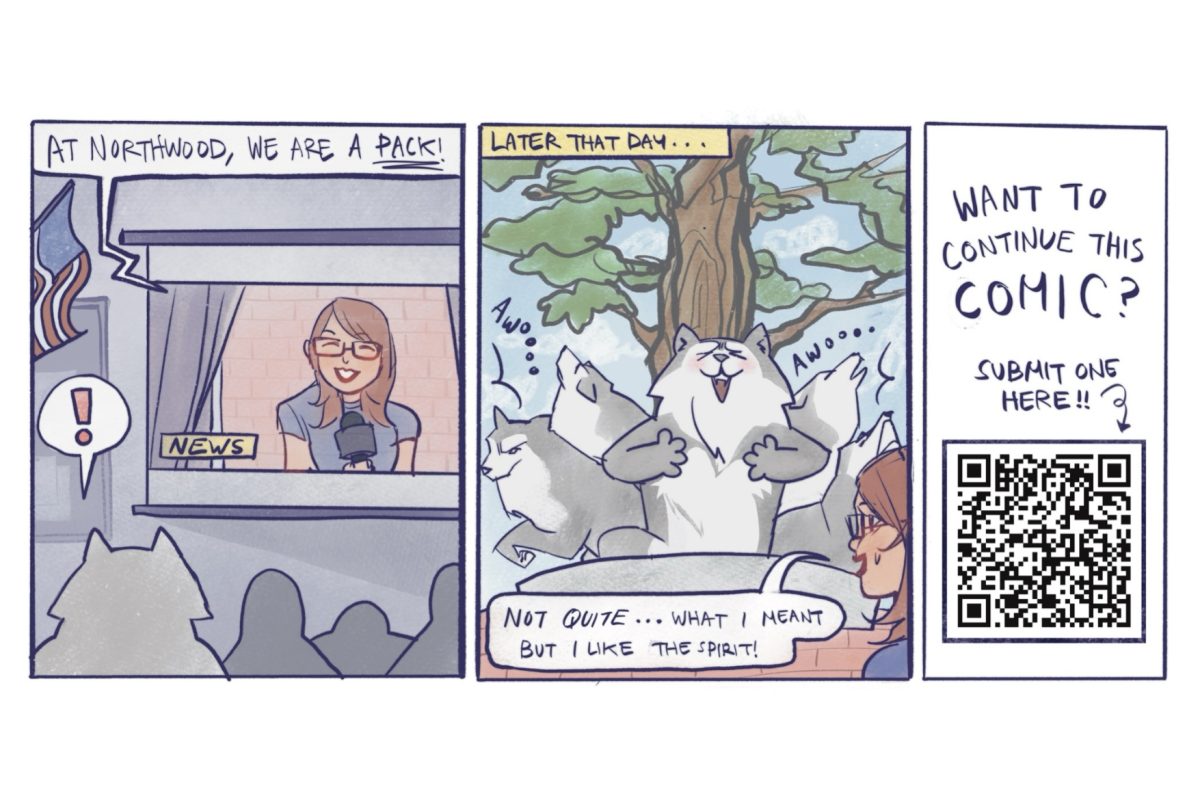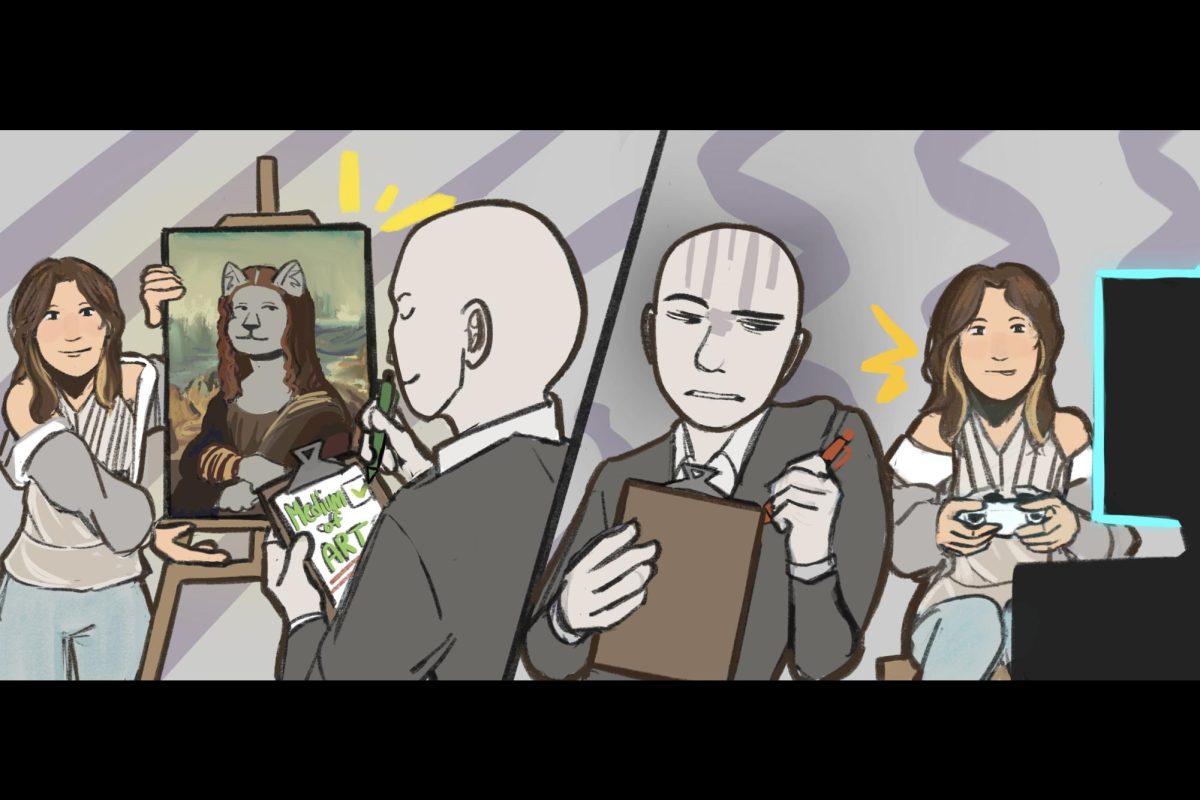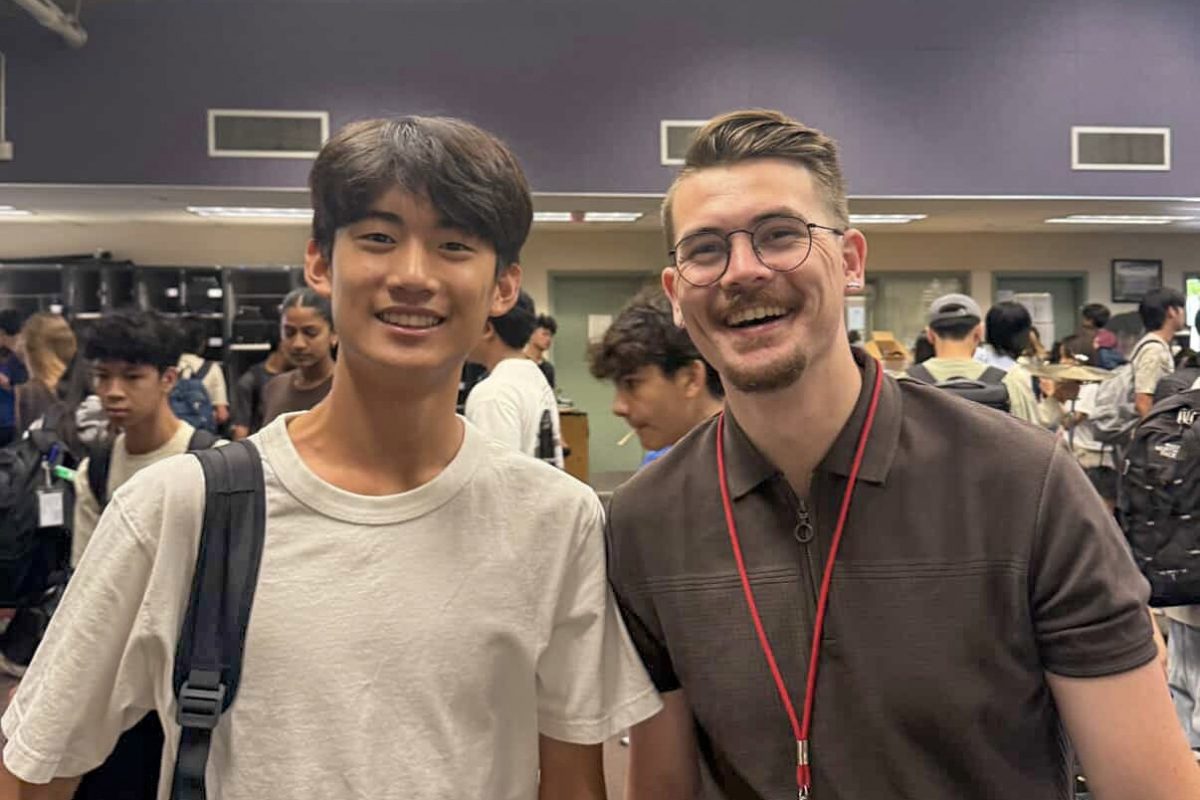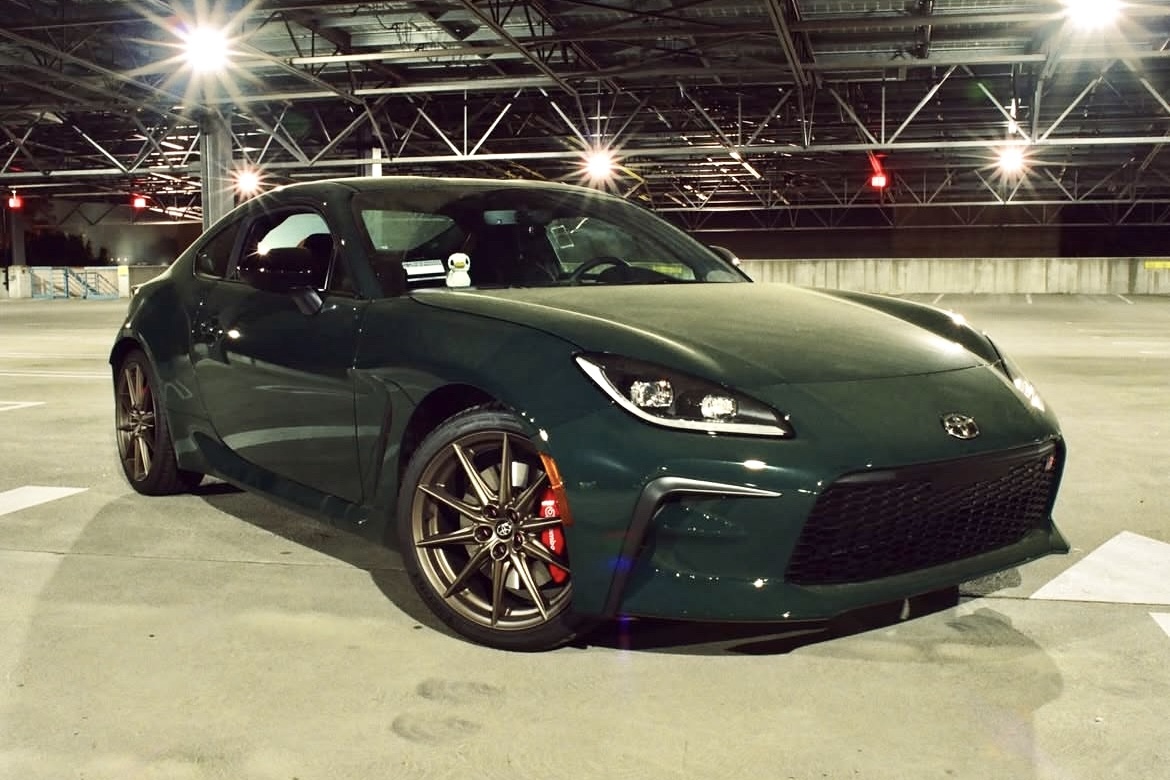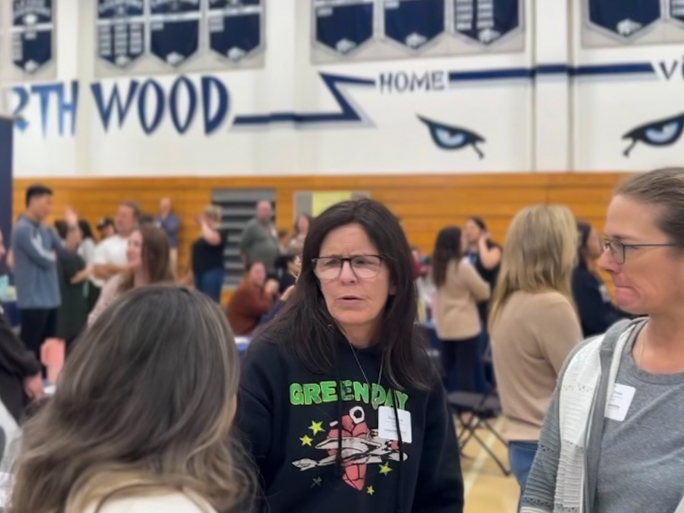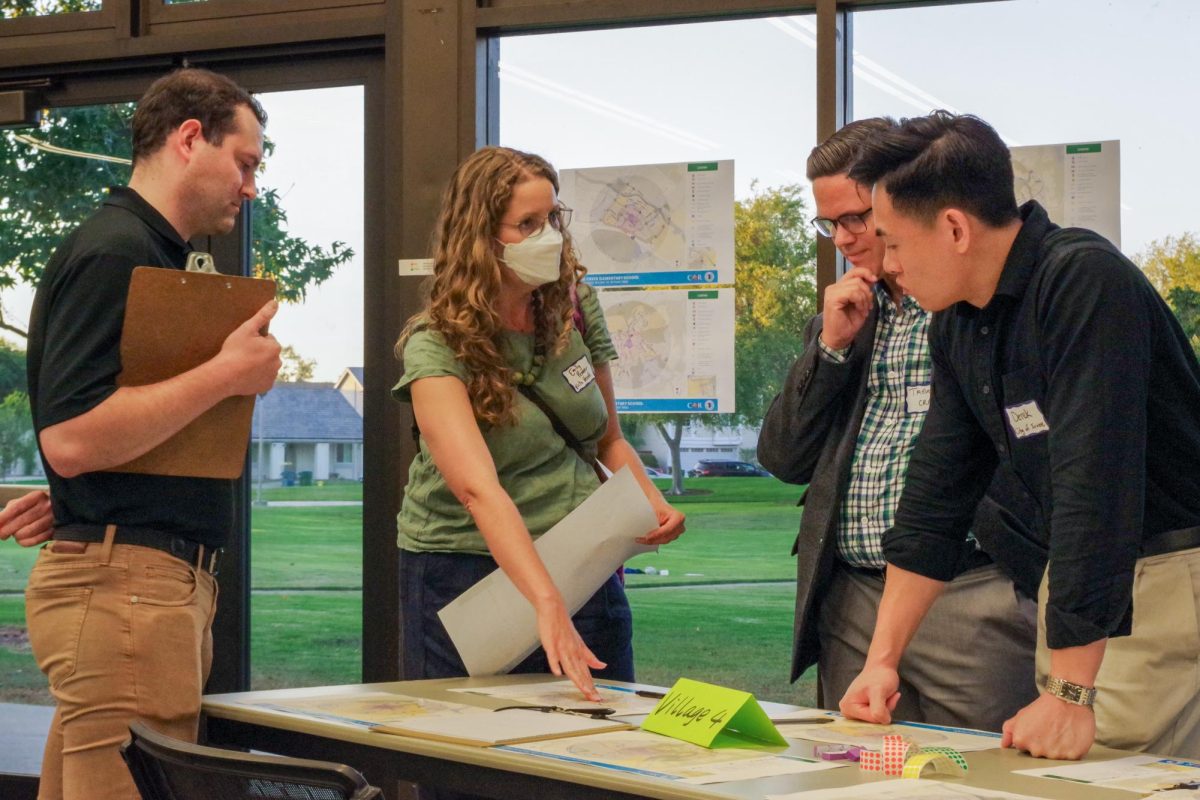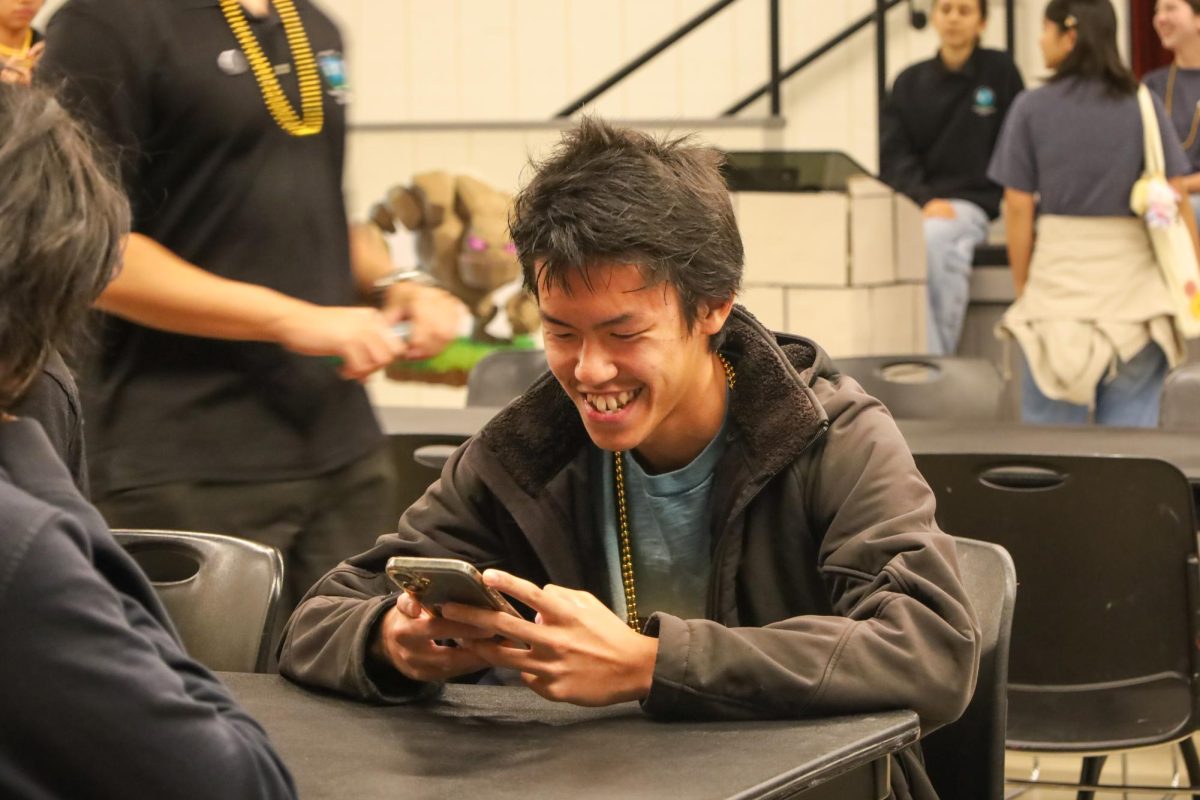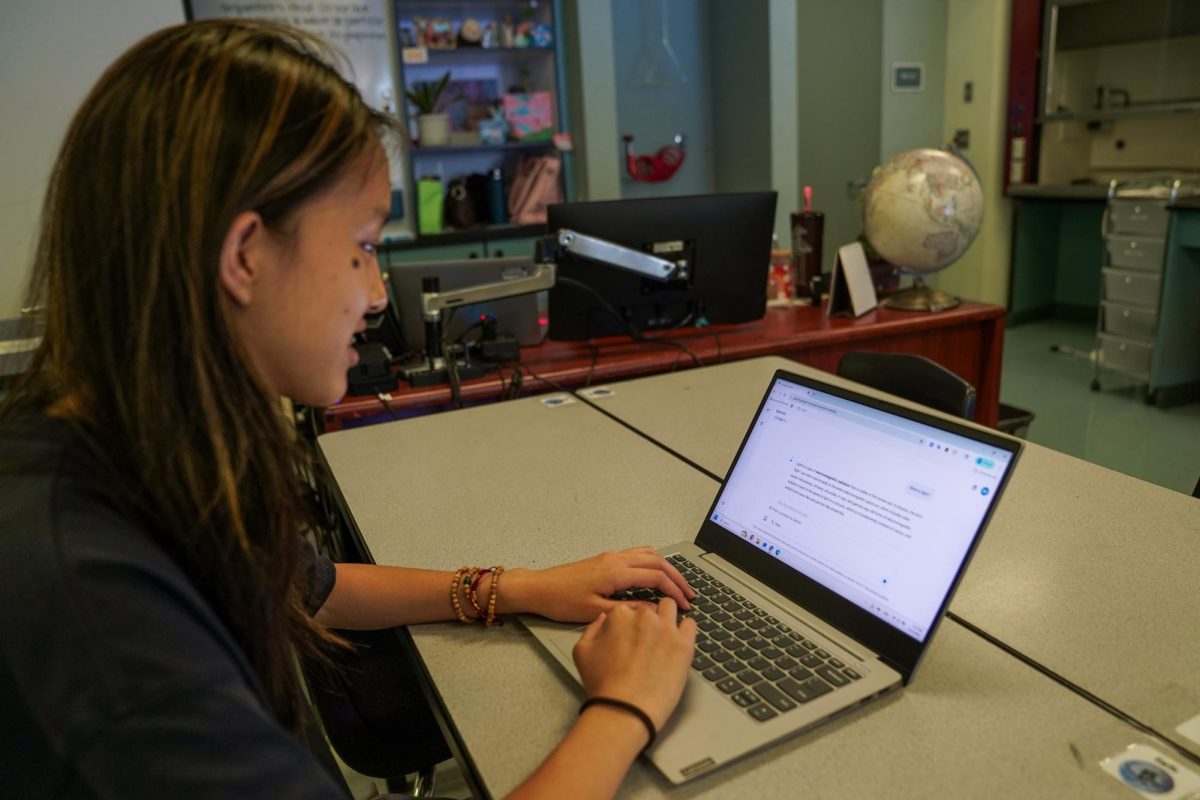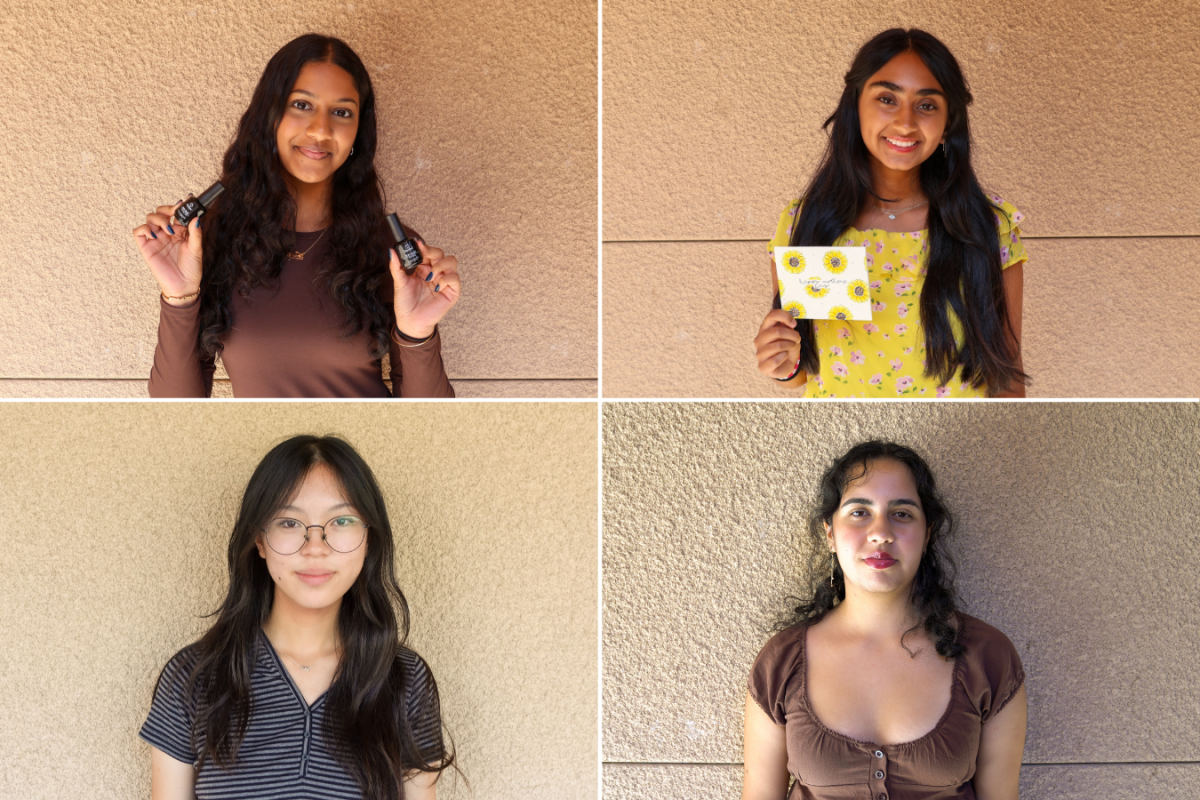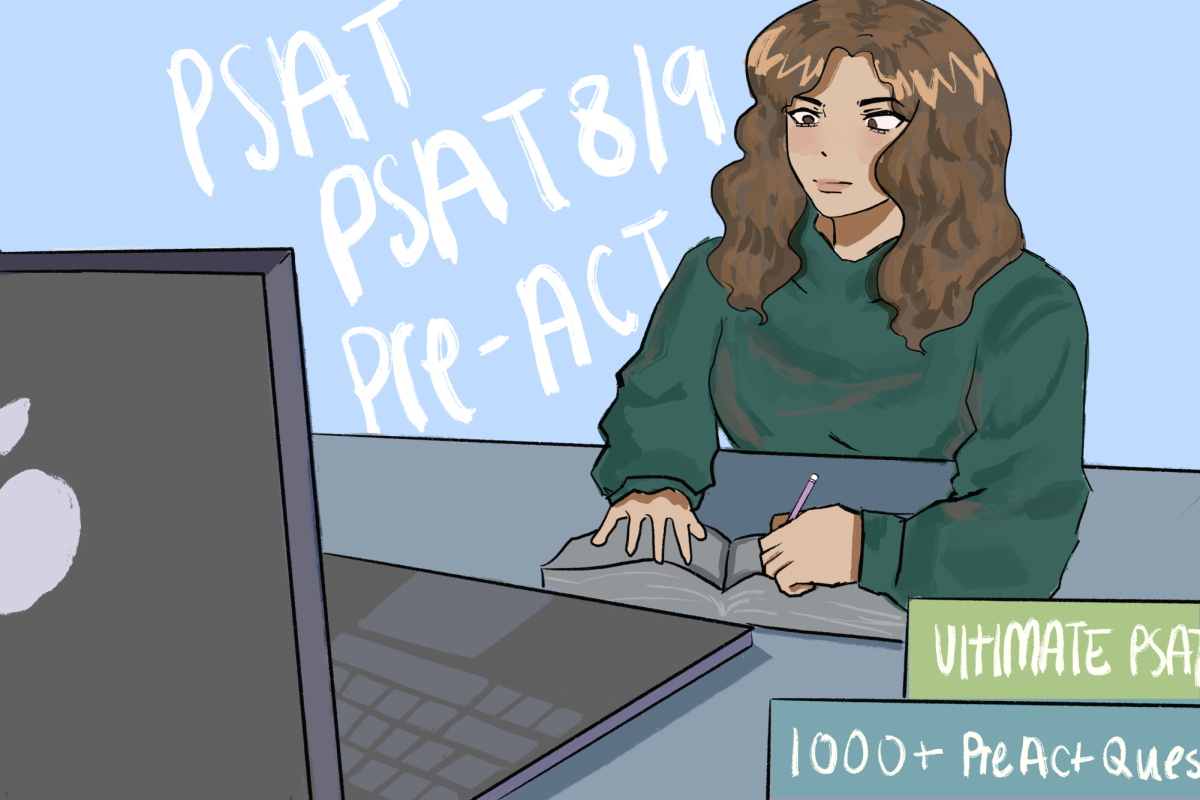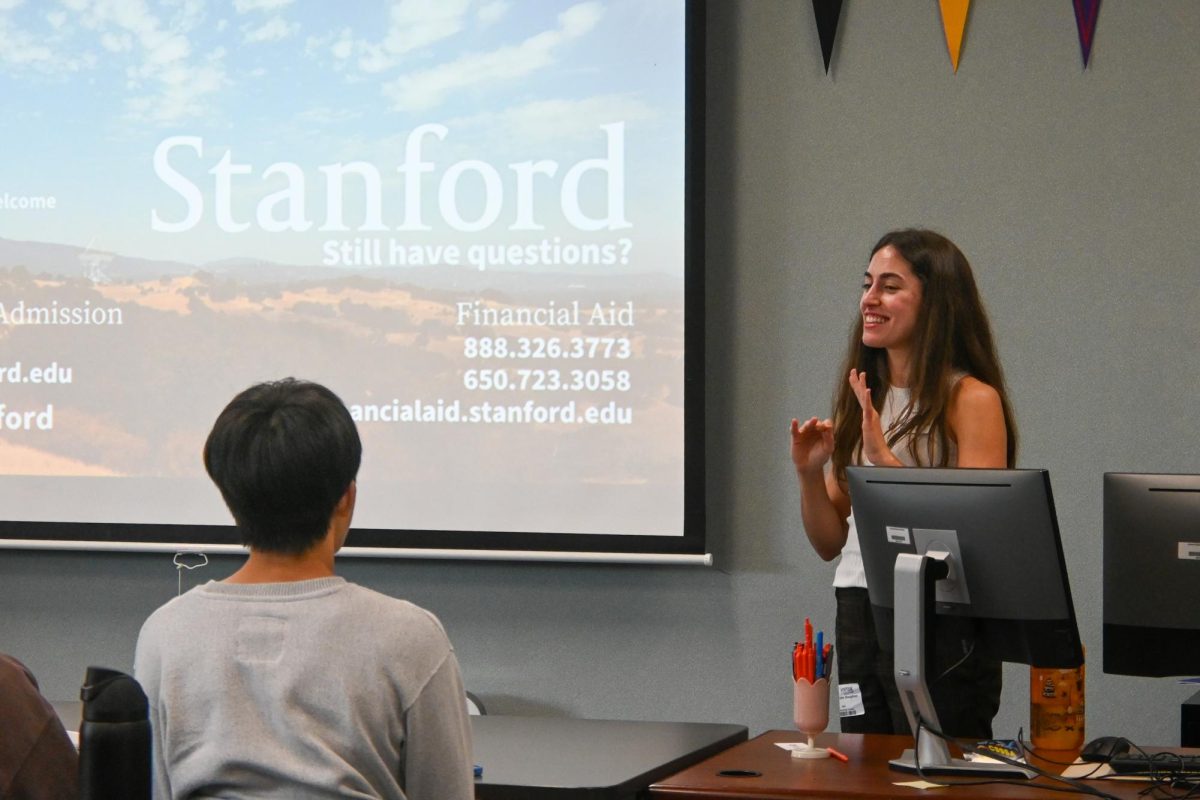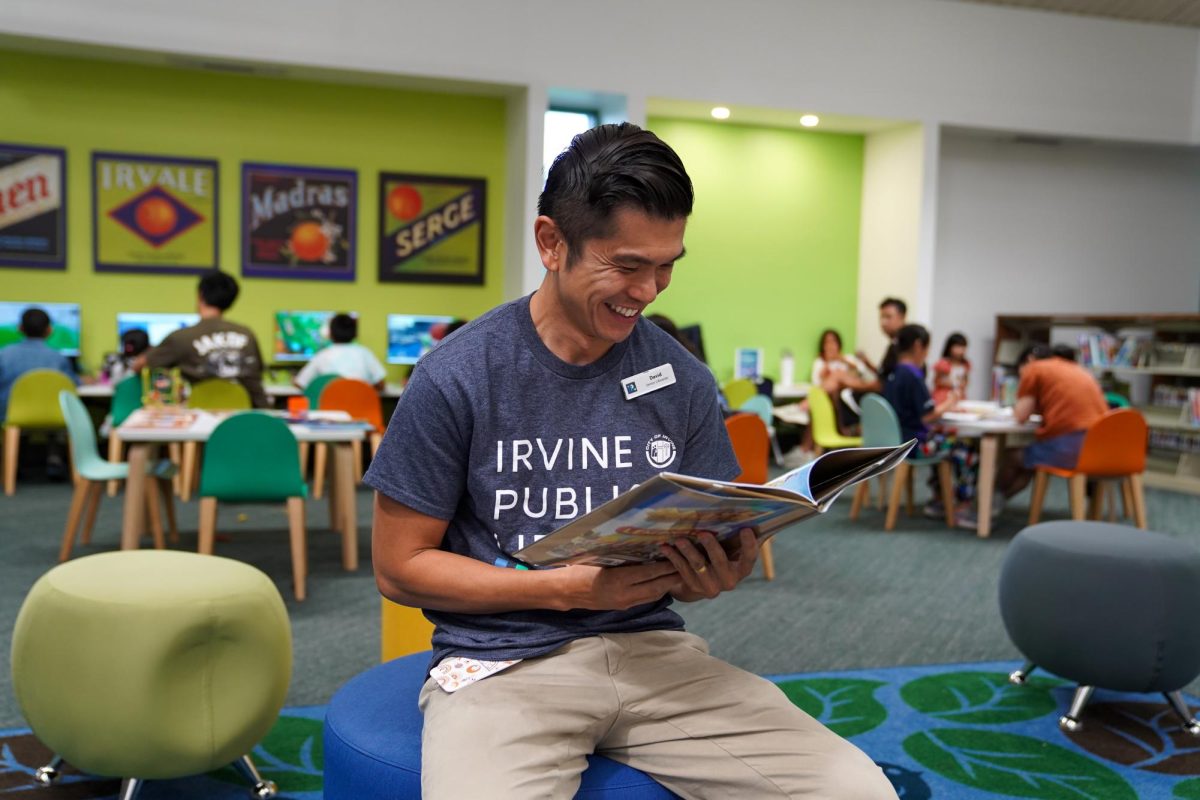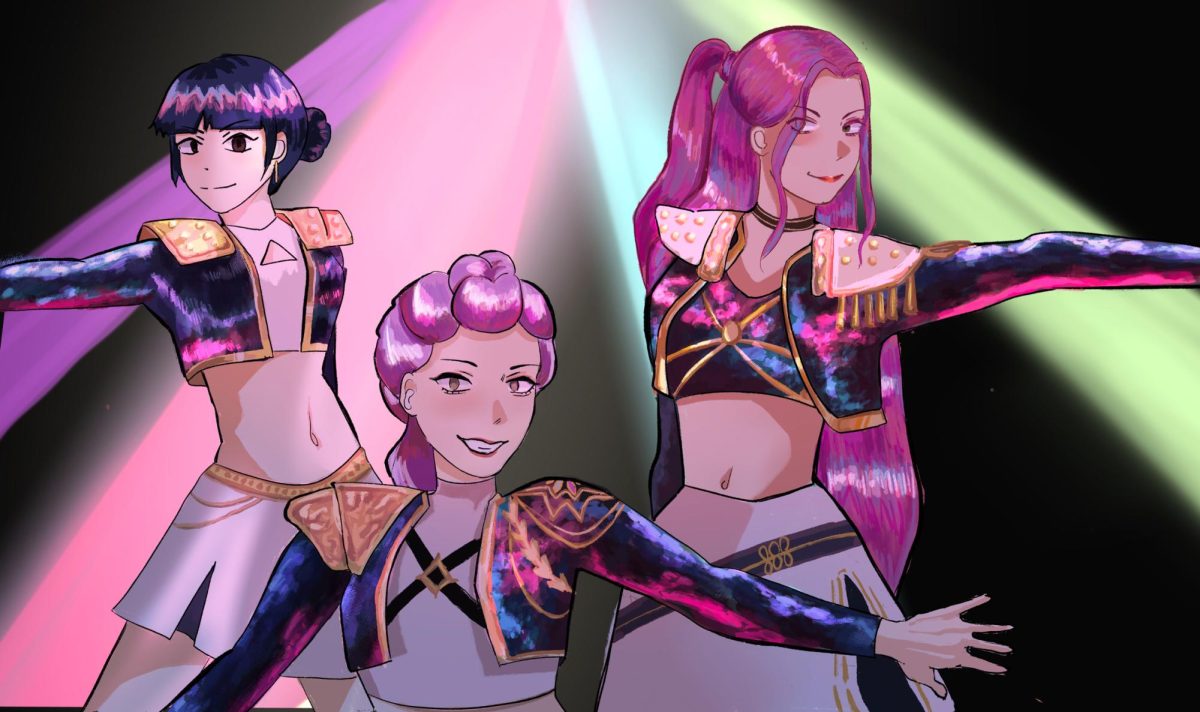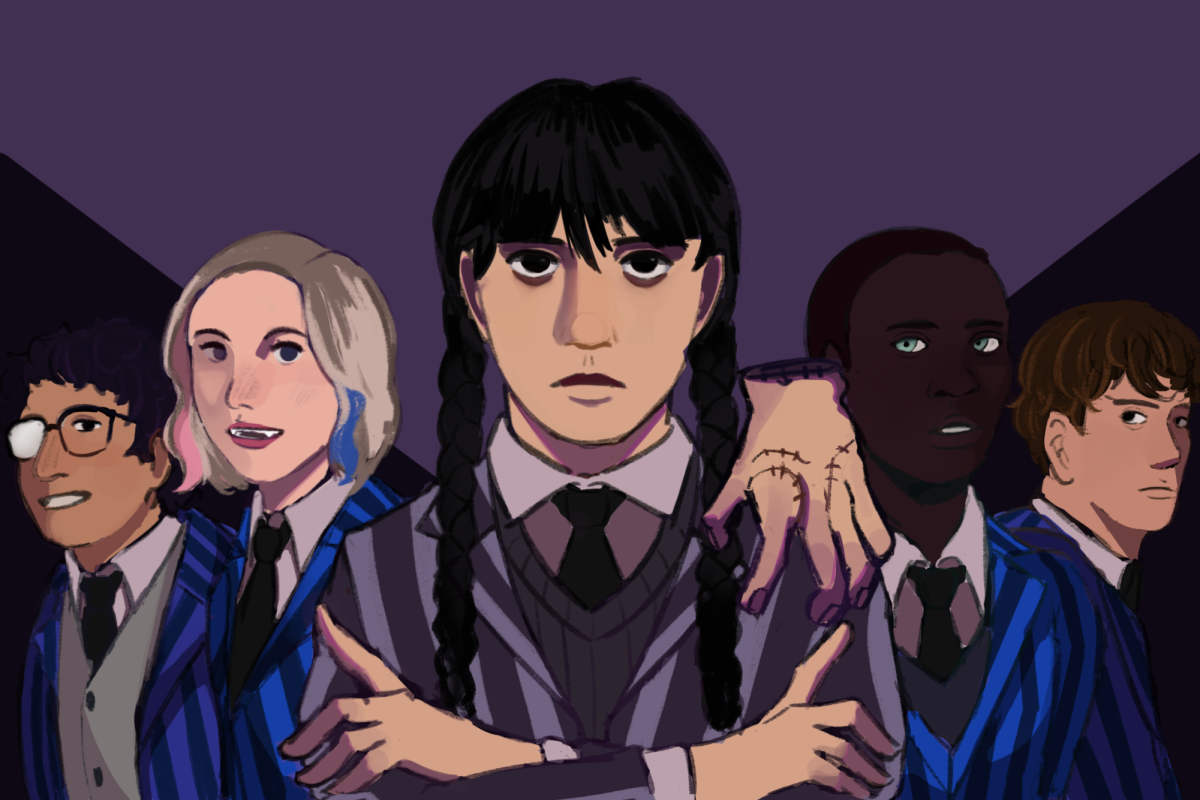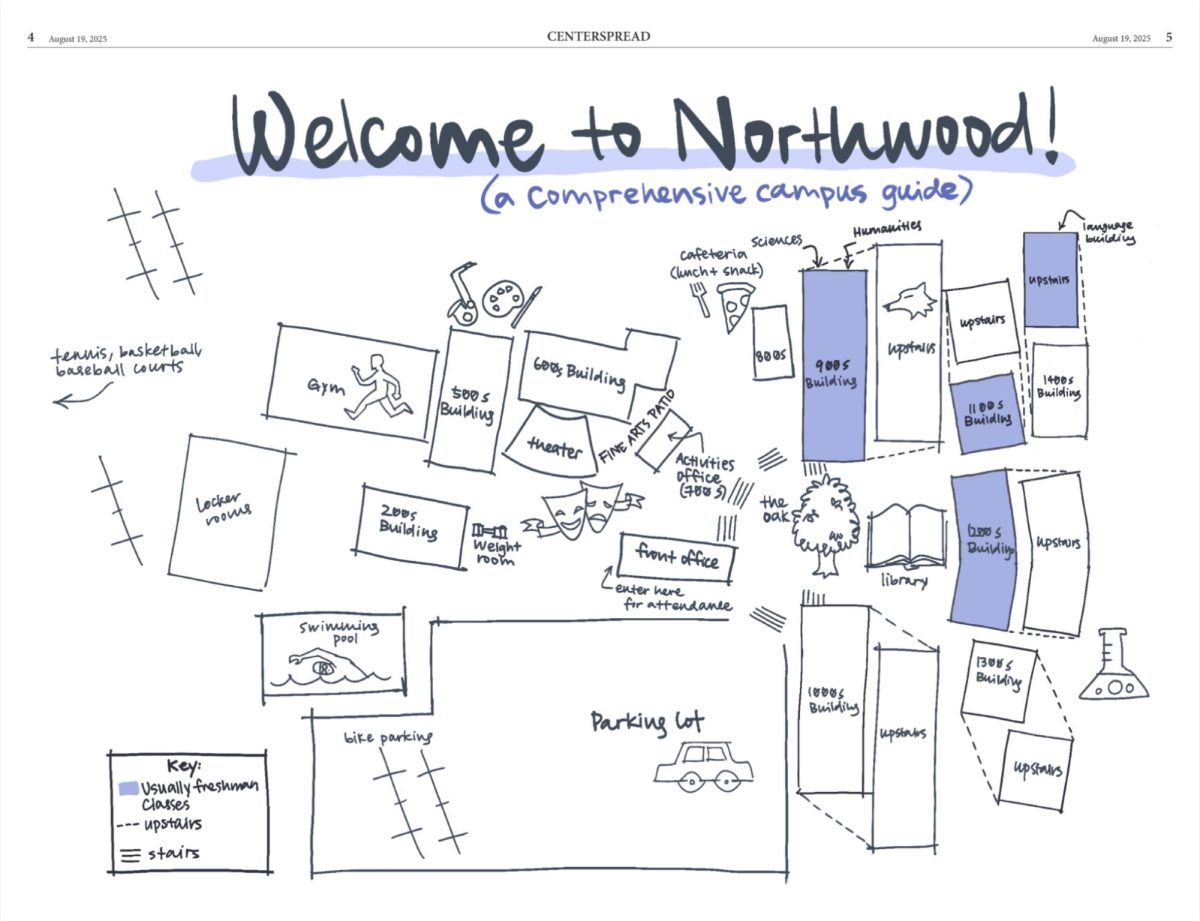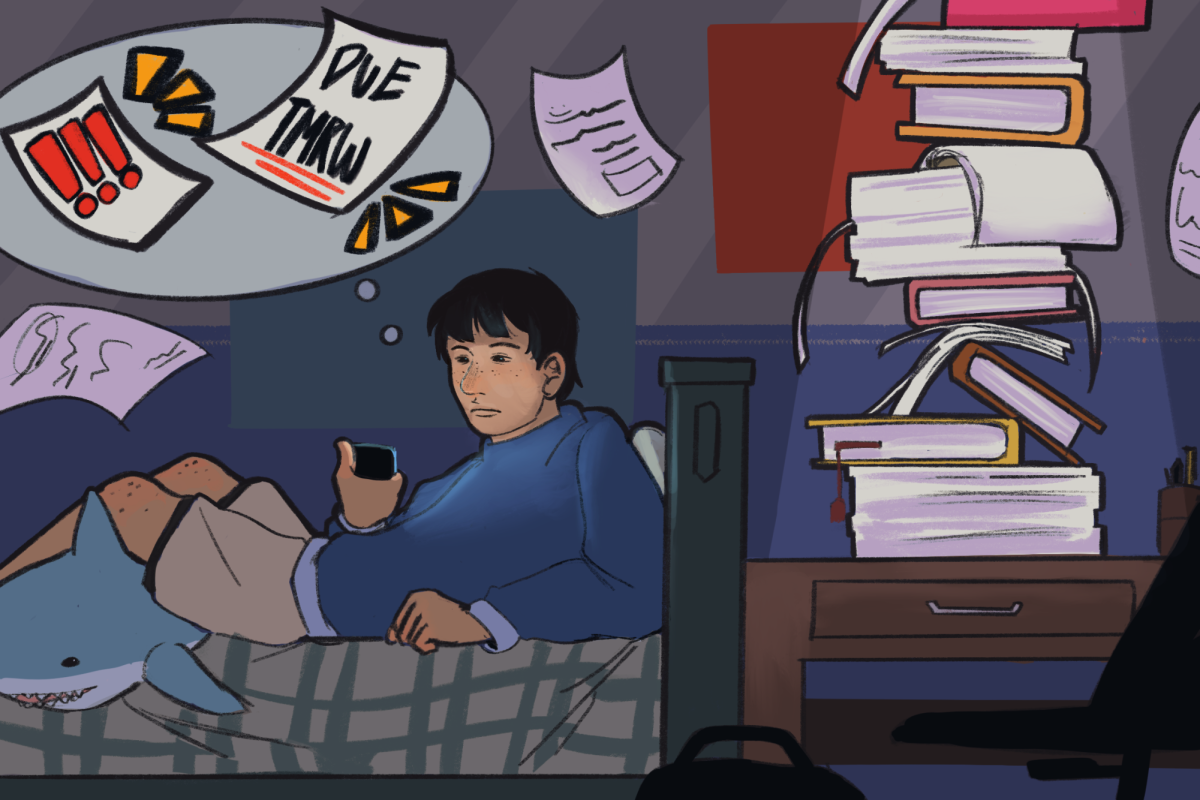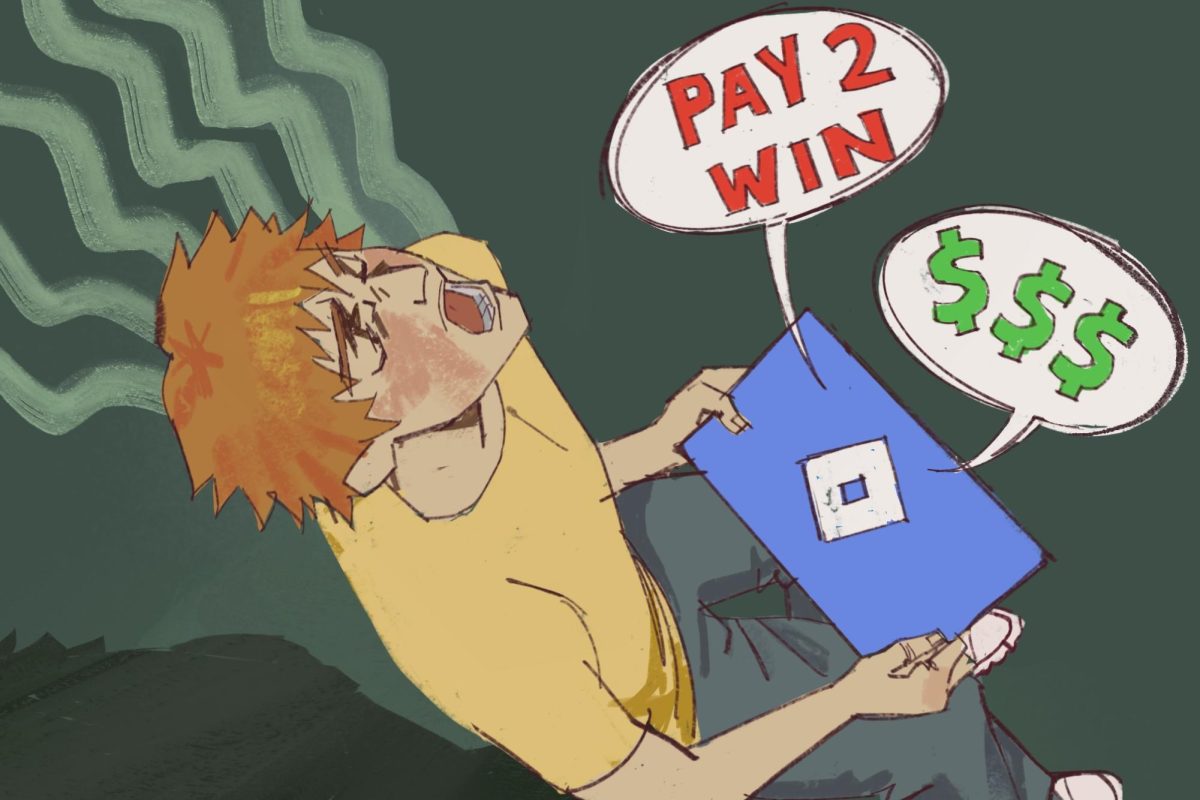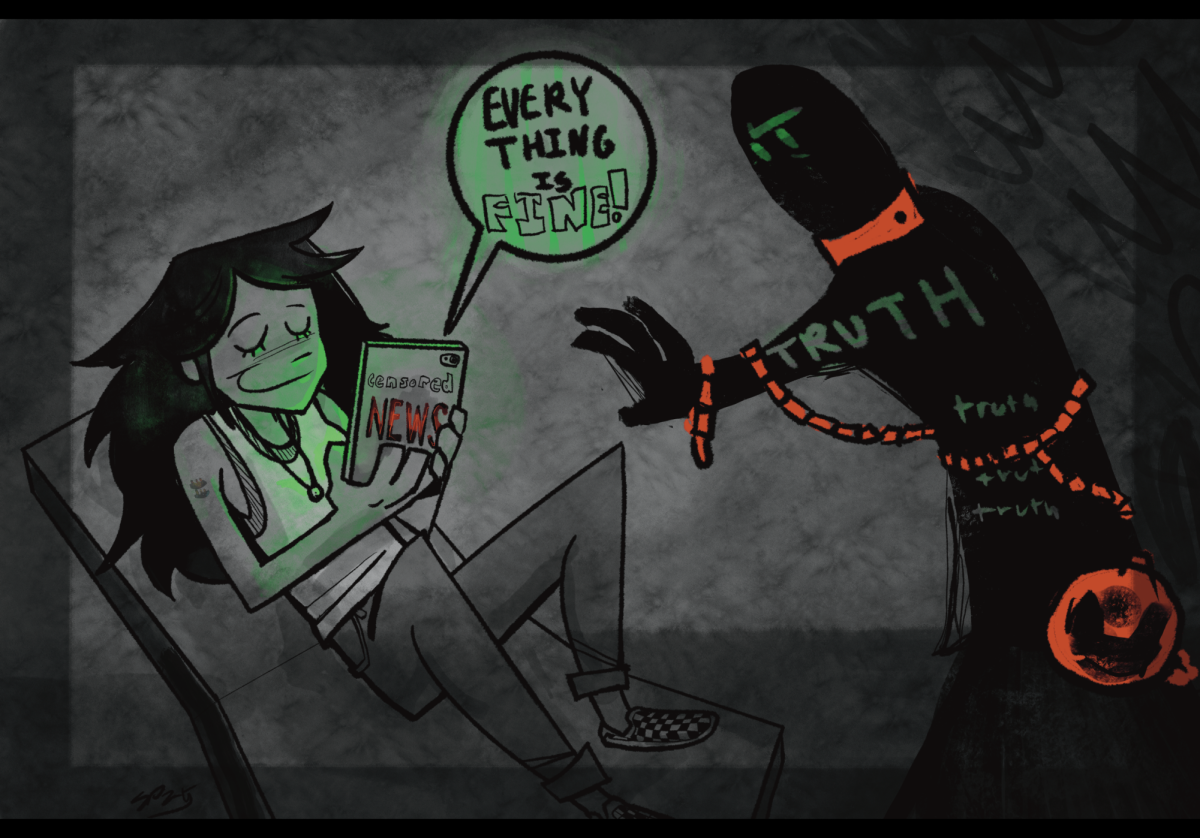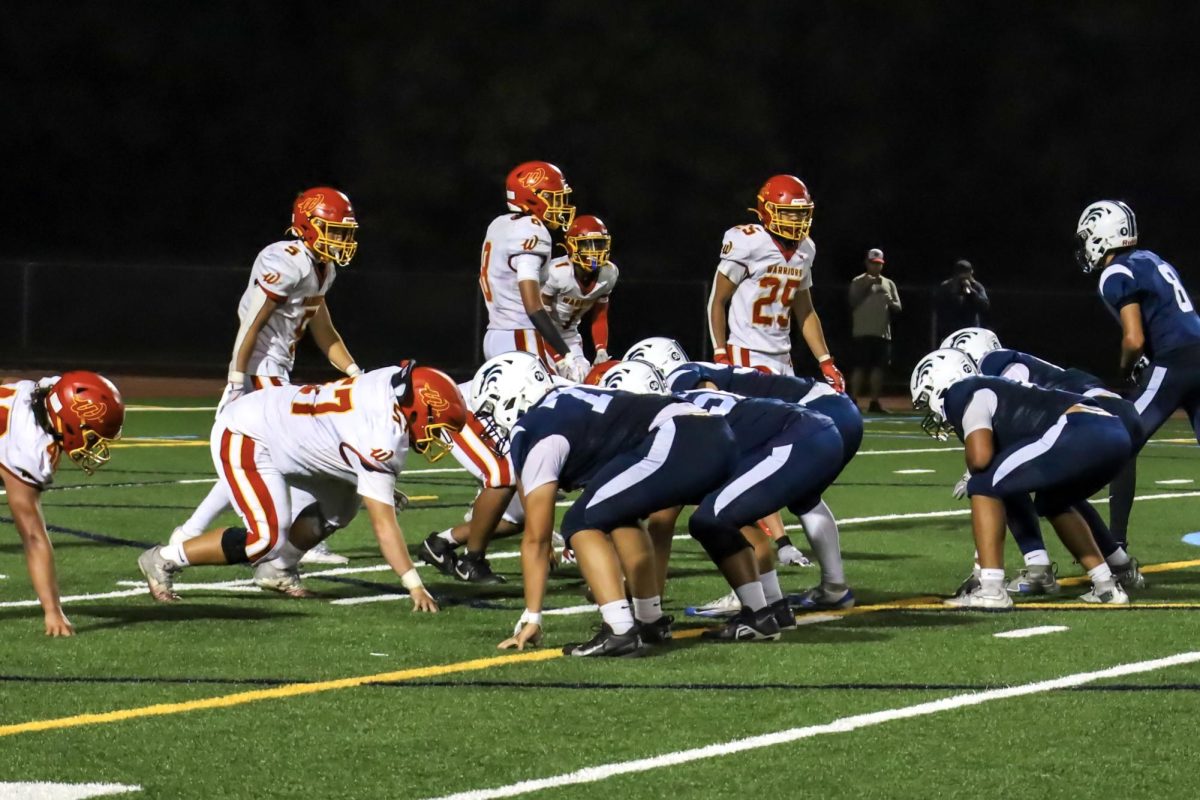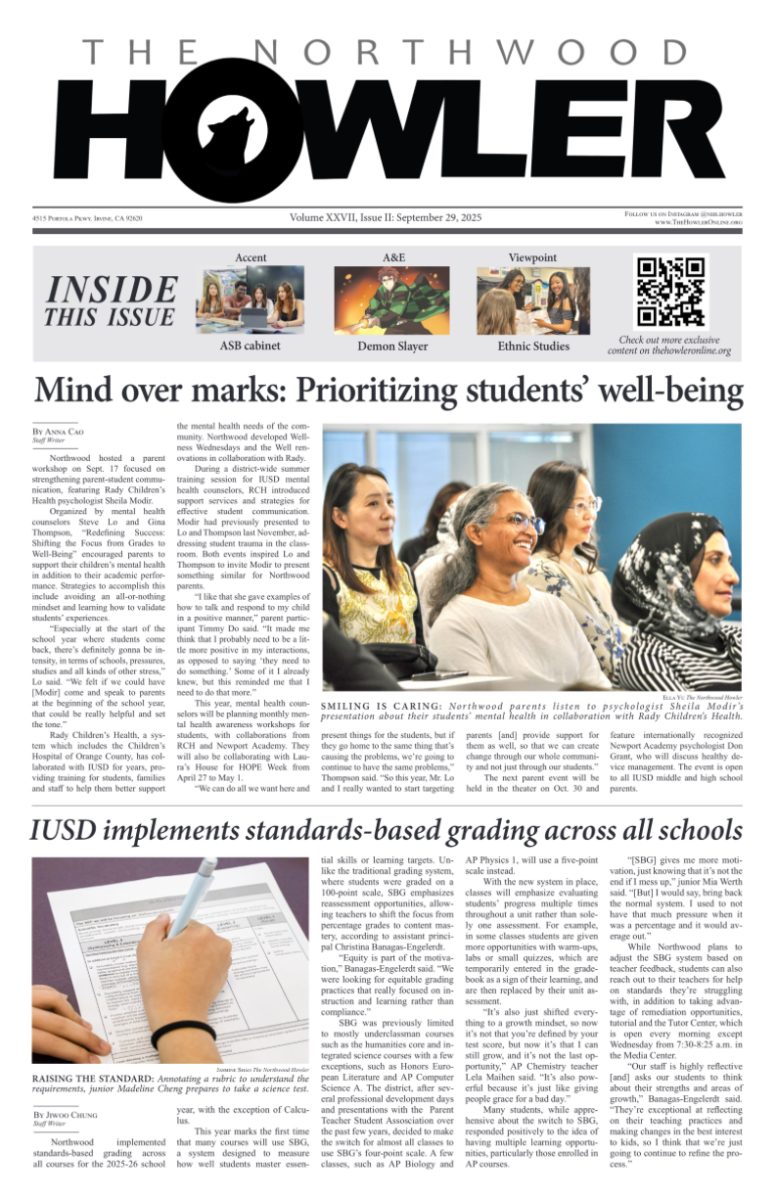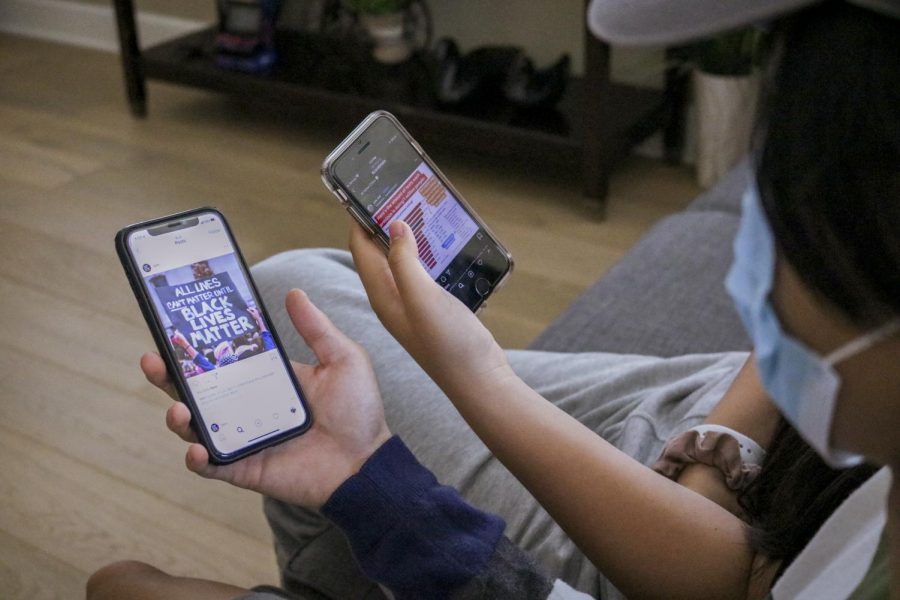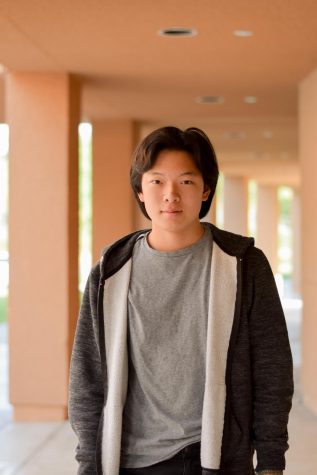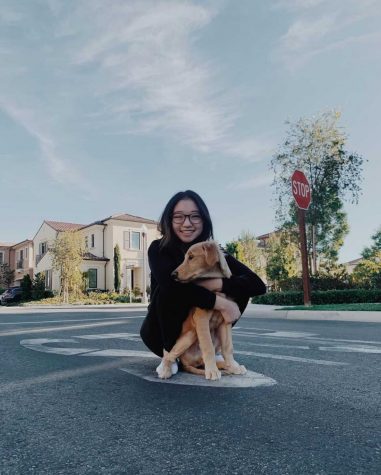Social media transformation leads to advocacy
POSTING FOR CHANGE: Northwood students use social media platforms such as Insta- gram to learn about and raise awareness about the Black Lives Matter movement and COVID-19.
September 27, 2020
Throughout American history, civil rights workers, whistleblowers and other ordinary citizens have used the means of technology available to them to foster social change in society. Similar to how activists in the 1960s used the telephone and film to educate people and display urgent messages, activists of the 21st century are utilizing social media apps like Twitter, Instagram, and, most recently, TikTok, as a means of activism.
In recent months following the murder of George Floyd by ex-police officer Derek Chauvin, social media underwent a significant transformation in which Gen Z and younger millennial creators began using it to promote their activist agenda more frequently than ever before. Unlike times of previous injustices, social media users continued using their platforms to spread awareness about institutionalized racism and ingrained bias that have permeated society in addition to sharing the death of Floyd.
“If you want to rapidly mobilize a bunch of people you know and you don’t want the whole world clued in, you use social media services or WhatsApp,” Bijan Stephen writes in a Wired article titled “Social Media Helps Black Lives Matter Fight the Power.” “If you want to mobilize a ton of people you might not know and you do want the whole world to talk about it: Twitter.”
In mid-2013, the hashtag #blacklivesmatter made its first appearance on Twitter in response to the acquittal of George Zimmerman, the murderer of black teenager Trayvon Martin. As Twitter allowed people to share their ideas and opinions with a very wide audience, this controversial hashtag sparked fire in the social media community, used in thousands of retweets and spurring on the formation of the Black Lives Matter (BLM) organization.
However, popularity of the hashtag died down just as suddenly as it started, and the spotlight on BLM eventually flickered out. People on the internet have a short attention span, losing interest in once trending issues as time goes by and going back to the status quo of more light-heart- ed topics. When another particularly outrageous event occurs, the cycle restarts as the majority of users will once again focus their attention on the issue for a couple weeks before promptly shifting their usage of social media back to entertainment.
Thus, the media’s reaction to Floyd’s murder is so surprising because public attention to the mistreatment of minorities never moved on like it did in the past.
“On May 28, nearly 8.8 million tweets contained the #BlackLivesMatter hashtag—making this the highest number of uses for this hashtag in a single day since the Center started tracking its use,” Pew Research Center reported. “After that peak, the number of tweets containing the hashtag consistently remained above 2 million uses per day.”
Media attention did not quietly move away from racial and social issues as it did in the past. Instead, the growing popularity of the BLM movement has given a voice and a platform to other overlooked problems in our world today, inspiring influencers and ordinary users alike to send continuous streams of information exposing underlying societal issues that need to be addressed.
Tiktok is an app formerly known for its funny skits and silly dances, but its unique feature that allows a content creator to gain a mass following by posting just one video makes it possible to evoke a large audience response. After garnering major support for the BLM movement, TikTok creators were able to spread their take on other civil injustices to millions of users. Recent talks about the possibility of TikTok being shut down by the government due to security reasons were met with objection from its creators, who proclaim that since the BLM protests, the app has become a crucial outlet for education on a variety of societal issues.
“I saw a lot of youth on the ground TikToking the [BLM] protests as opposed to live streaming, tweeting or Instagramming,” Kareem Rahmam, a TikTok creator with nearly 400,000 followers on the app, said to the New York Times. “The conversations these kids are having with each other are essential.”
Instagram, an app generally used for entertainment purposes, followed a similar path of change. It erupted in support of the BLM movement towards the end of May, with hundreds of activism accounts gaining hundreds of thousands of followers. Additionally, regular people continue to share posts on their stories about the most recent ethical dilemmas or humanitarian crises, accentuating misogyny, homophobia, rape, dehumanization of immigrants, defunding the police and the treatment of mental health issues to name a few.
Instagram transformed from an app to follow celebrities and watch funny videos on to one of the largest platforms for mainstream activism, as it provides a medium to spread awareness and urge the populace to take action in an effort to resolve these problems.
As people become more aware and willing to fix the problems present in the world, they also become more inclined to publicly share their stance. With the ability to spread a message at their fingertips, young activists have revamped social media into the center of activism.

